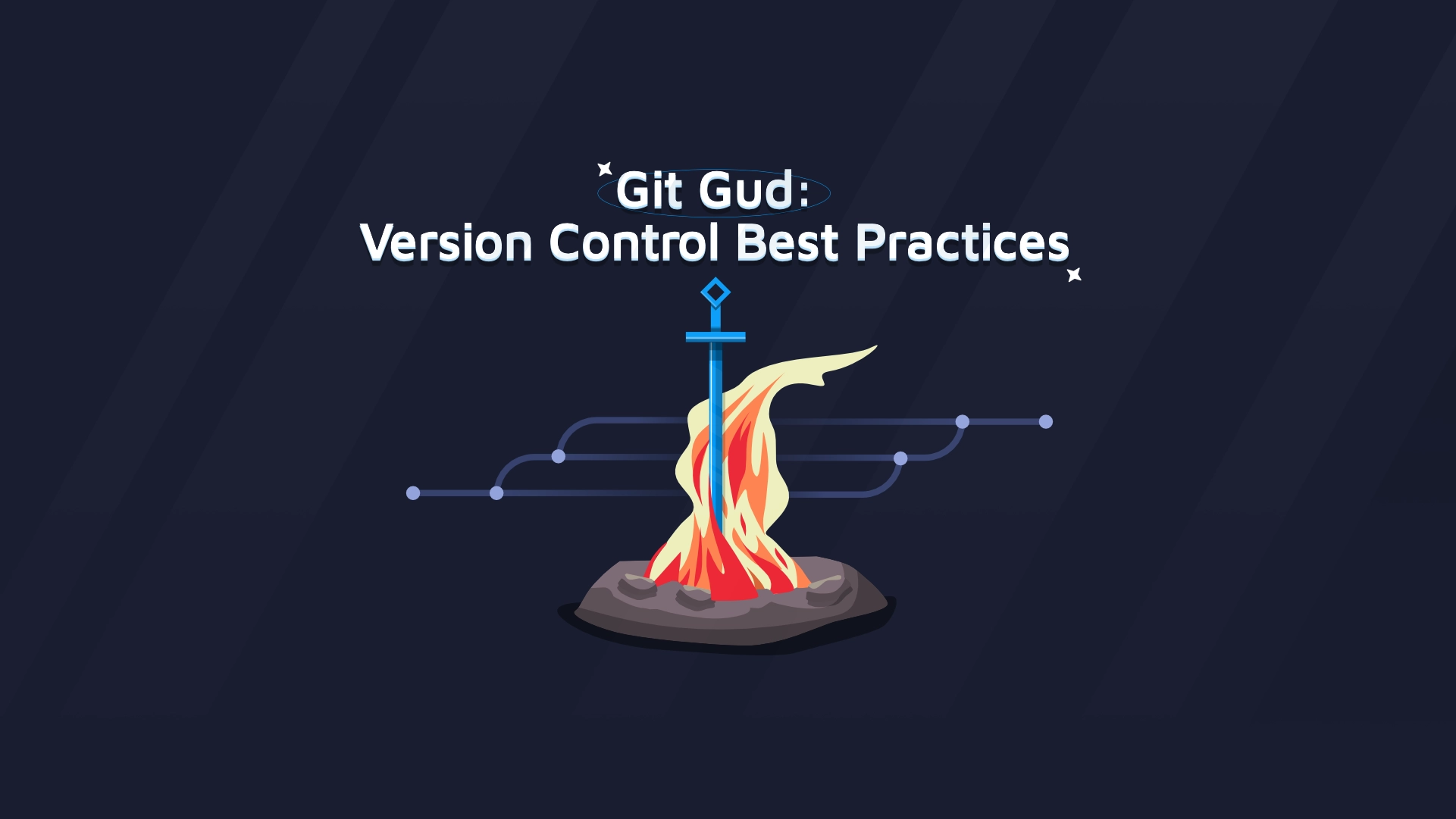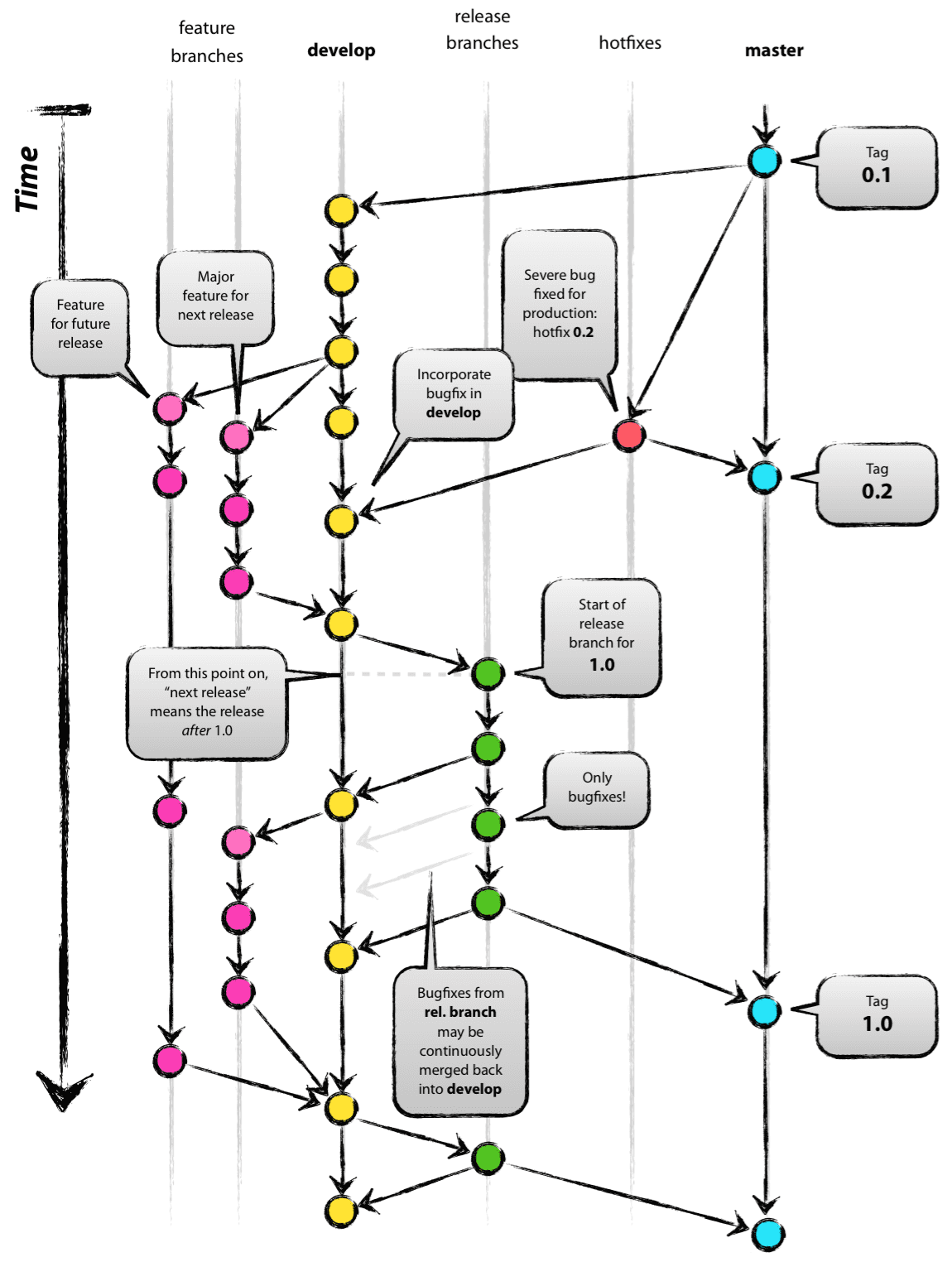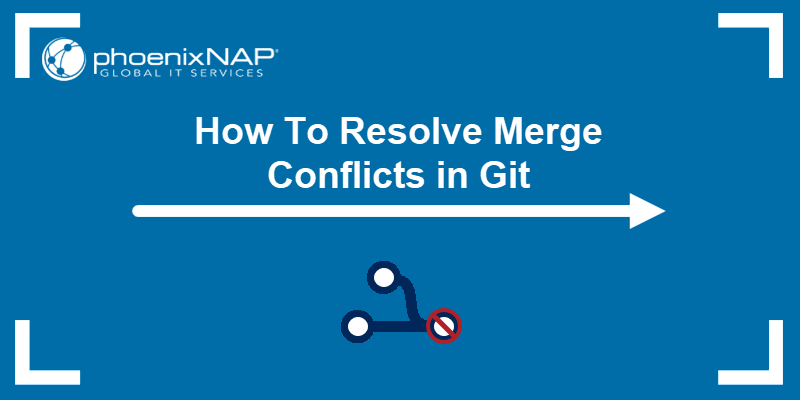
Version Control Workflow Best Practices: Streamline Success
Imagine working on a project where every team member is seamlessly collaborating, code changes are effortlessly tracked, and mistakes are easily reversible. Sounds like a dream, right?
This is the power of an effective version control workflow. Whether you’re a seasoned developer or just starting out, mastering version control is crucial for your projects’ success. But it’s not just about using a tool like Git; it’s about implementing best practices that enhance your productivity and keep your work organized.
In this guide, you’ll uncover the secrets to a streamlined version control workflow, ensuring your projects run smoothly and efficiently. Let’s dive in and transform the way you manage your code.
Understanding Version Control
Version control is a system that tracks changes in files. It helps teams work together. Teams can see who changed what. Errors can be fixed by looking at past versions. This ensures files are safe.
Software projects use version control to save time. It reduces errors. It helps many people work on one project. Changes are shared easily. Code is improved faster. Mistakes are fixed quickly. Teams can see changes. Everyone is on the same page.

Popular Version Control Systems
Git is a freeand open-sourceversion control system. It is very popular among developers. Git lets you track changes in your code. You can work with others easily. Git uses branches to manage different versions. It helps to keep your code safe and organized. Many people use Git for their projects. It works well with GitHub, GitLab, and Bitbucket. These are platforms that host Git repositories.
Mercurial is another version control system. It is known for its speedand efficiency. Mercurial is designed to handle large projects. It makes sure your code is safe. You can track changes and work with others. It uses a command line interface. This can be hard for beginners. Still, it is a powerful tool for developers.
Subversion, or SVN, is a centralized version control system. It has been around for a long time. Many big companies use it. Subversion is good at handling large files. It tracks changes and keeps history. SVN is not as fast as Git or Mercurial. But it is still reliable. Many developers trust Subversion for their projects.
Key Workflow Models
The Centralized Workflowis simple. Everyone works on the same branch. This is usually the main branch. Changes are easy to track. All files are in one place. Team members must communicate well. It helps avoid conflicts. This workflow is great for small teams. Large teams may face challenges.
In the Feature Branch Workflow, each feature has its own branch. This makes it easy to test features. It keeps the main branchclean. Developers can work on features independently. Once a feature is ready, it is merged. This workflow is good for medium-sized teams. It allows for parallel development.
The Gitflow Workflowis organized. It has branches for features, releases, and fixes. Each type of work has its own branch. This keeps the project tidy. The main branch is always stable. It is ideal for large projects. It supports multiple releases. It can be complex for beginners.
Branching Strategies
Trunk-Based Development is a simple branching strategy. Developers work on a single branch called the trunk. This method helps teams deliver features quickly. Small changes are merged into the trunk often. This keeps the codebase fresh and up-to-date. Conflicts are reduced, making integration smooth. Teams should focus on writing clean, tested code.
Release branches are used to prepare for a new version. These branches allow teams to polish the code. Testing and bug fixes happen here. Release branches help maintain stability. After testing, they are merged into the main branch. This ensures the final product is stable and ready for users.
Hotfix branches are created to fix urgent issues. These are critical bugs that need immediate attention. Developers quickly create a branch from the main branch. The fix is applied and tested. Once the issue is resolved, the hotfix is merged back. This keeps the software running smoothly for users.
Commit Practices
Keep each commit small and focused. One commit should change only one thing. This makes it easier to track changes. If something breaks, it’s easy to find the problem. Large commits can be confusing. They are hard to understand.
Use clear and short messages. A good message explains what the commit does. It helps others understand your work. Messages should be easy to read. No long words. Be direct and clear. Descriptive messages are very helpful.
Commit your changes often. This keeps your work safe. Small and regular commits are best. They show your progress. Frequent commits help avoid conflicts. They also make it easy to go back if needed. Waiting too long can cause problems.

Code Review Process
Peer reviews help find mistakes in code. They are done by teammates. This process improves code quality. It also helps learn new things from others. Communication is key during reviews. A good attitude helps too. Listening is as important as speaking. Keep comments clear and helpful. This makes the process smooth.
Automated tools check code quickly. They find errors faster than humans. These tools save time and reduce workload. They can check many rules at once. Automated reviews do not replace human reviews. Both types of reviews are important.
Code reviews make code better. They catch bugs early. This saves money and time. Code reviews also share knowledge. They help new developers learn. Reviews build teamwork and trust. Everyone benefits from better code.
Handling Merges And Conflicts
Merging code is important in version control. Choose the right strategy for your team. Some teams prefer fast-forward merges. Others use three-way merges. Fast-forward merges are simple. They move the branch pointer forward. Three-way merges involve changes from two branches and a common base.
Conflicts happen when changes clash. Resolve conflicts quickly. First, understand what changed. Check the code where the conflict is. Decide which changes to keep. Sometimes, both changes are important. Combine them thoughtfully. Test the code after resolving. Make sure it works well.
Several tools help with managing conflicts. Git is popular. It offers commands for resolving issues. Visual tools like GitKraken or SourceTree make it easier. They show differences clearly. Choose a tool that suits your style. Practice using these tools regularly. Become comfortable with them.
Continuous Integration And Delivery
Version controlhelps teams work better together. It tracks changes in files. This makes it easy to go back to old versions. Everyone can see who changed what. This keeps the team organized and reduces mistakes.
Automationis key in software building. It saves time and reduces errors. Automated tests check if new code works well. If a problem arises, it alerts the team fast. This keeps the software reliable and efficient.
Choosing the right deployment strategyis important. It affects how new code reaches users. Some teams use continuous deployment. Others prefer manual checks before releasing. Each strategy has its pros and cons. Teams must find what suits their needs best.
Best Practices For Team Collaboration
Teams should adopt a consistent workflowfor version control. This helps everyone know what steps to follow. It keeps the project organizedand reduces confusion. Clear rules make it easier for new members to join the team.
Talking clearly is key for team success. Members must share ideas and update each otheroften. Regular meetings can help. Use simple languageto keep everyone on the same page. Understanding each other makes the work smoother.
Good documentation helps everyone learn quickly. Write down important steps and methodsused in the project. Share this knowledge with the team. It helps if someone is absent or new. Clear documentsmake the project easy to follow.
Tools And Extensions
Plugins can make your work easier. They offer extra features for your tools. Some plugins help you track changes. Others help you review code better. Popular plugins include GitLens and CodeStream. They work with tools like VS Code and IntelliJ. Plugins save time and reduce errors. They keep your workflow smooth.
Project management tools help teams work together. They keep tasks organized. Tools like Jira and Trello are popular. You can connect them with version control tools. This helps track tasks and code in one place. Integration is simple and saves time. It ensures everyone stays updated.
Monitoring tools help you track project progress. They give insights into code quality. Tools like SonarQube and Sentry are helpful. They provide real-time feedback. Analytics tools show team performance. They highlight areas for improvement. Data-driven decisions improve workflows.
Frequently Asked Questions
What Is Version Control?
Version control is a system for managing changes to files. It tracks history, allows collaboration, and facilitates reverting to previous versions. This ensures consistency and control over project development, especially in software projects. Popular tools include Git, SVN, and Mercurial, each offering unique features and benefits.
Why Use A Version Control Workflow?
A version control workflow streamlines collaboration and maintains order in project development. It helps manage contributions from multiple team members, prevents conflicts, and maintains a record of changes. This leads to improved productivity, easier error tracking, and enhanced project management efficiency.
How Can Branching Improve Version Control?
Branching allows developers to work on separate features without affecting the main codebase. This promotes isolated development, making it easier to test new features before merging them. It reduces errors and simplifies collaboration by maintaining stable code. Git’s branching capabilities are widely recognized for enhancing workflow efficiency.
What Are Best Practices For Commit Messages?
Commit messages should be clear, concise, and descriptive. They should summarize changes and explain the purpose of the commit. Good commit messages aid in tracking project history and understanding code evolution. Consistent, informative messages improve collaboration and make debugging easier.
Conclusion
Navigating version control workflows is crucial for smooth project management. Consistent practices ensure your team stays on track. Clear communication helps avoid costly errors. Remember, regular commits keep your progress visible. Branching strategies simplify collaboration and reduce conflicts. Always review changes to maintain code quality.
Backup your data to prevent loss. Training your team on these practices increases efficiency. These steps lay the foundation for successful version control. Keep refining your process for continuous improvement. Embrace these best practices to streamline development and foster teamwork.
With dedication, your projects will thrive in a controlled environment.
Read More:
- Noise‑Cancelling Headphones Comparison: Ultimate Guide
- Time Management Apps Compared: Boost Your Productivity
- Ai Chip Market Growth 2025: Unveiling Future Trends
- Best Cloud Storage Services 2025: Top Picks Revealed
- Essential Tech Gadgets for Digital Nomads: Must-Have Tools
- Vr Hardware Cost Analysis: Unlocking Budget Insights
- Top Productivity Tools for Remote Teams: Boost Efficiency
- Ergonomic Home Office Setup Tips: Boost Comfort & Productivity

